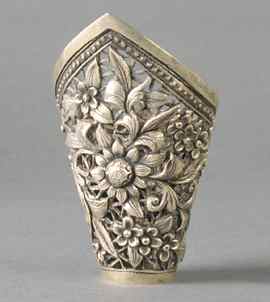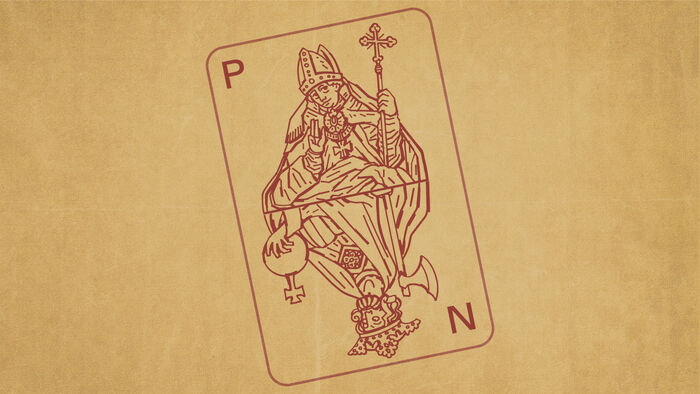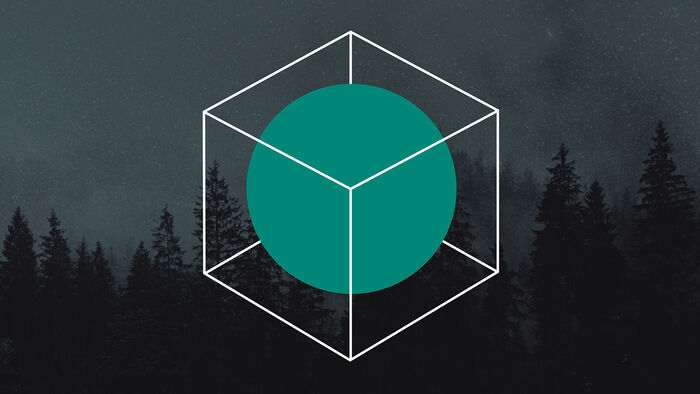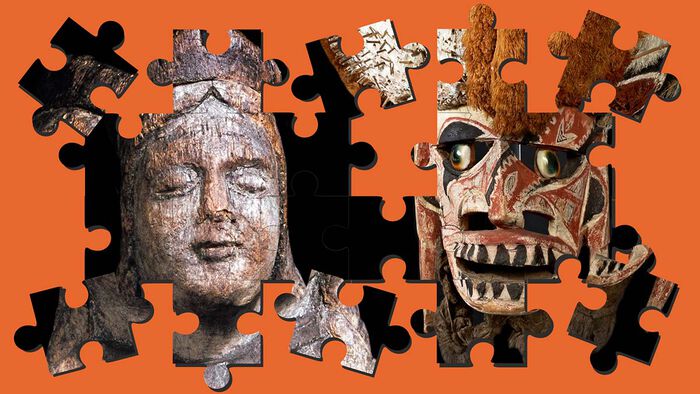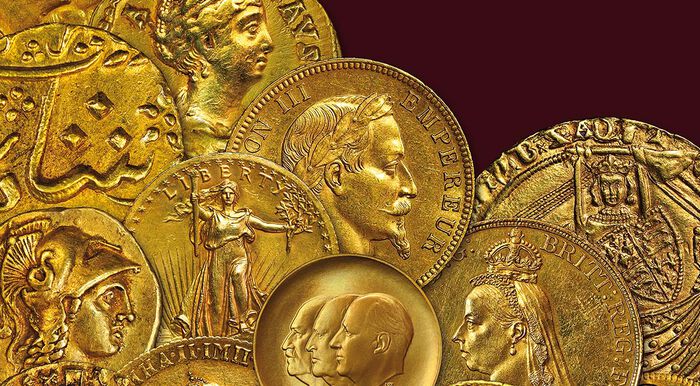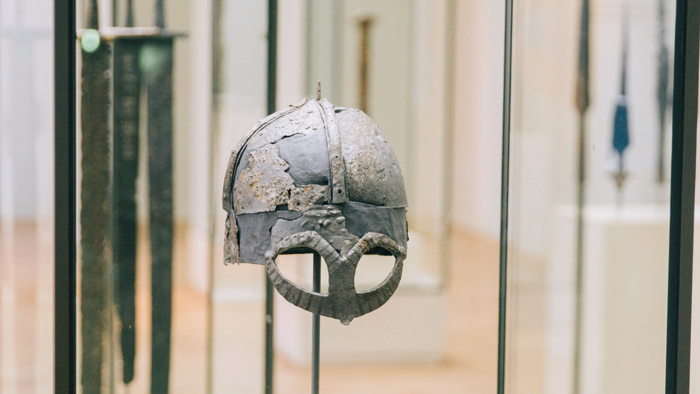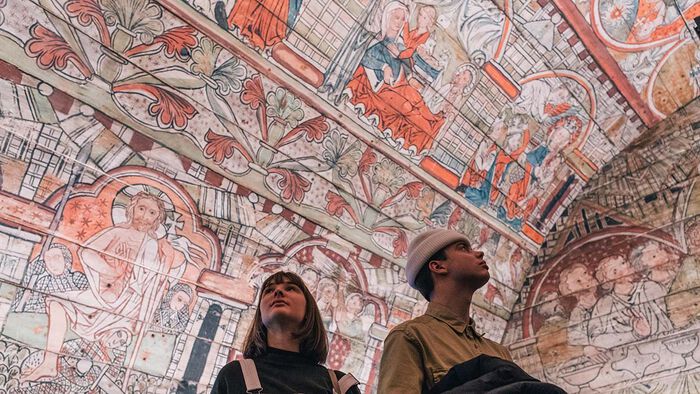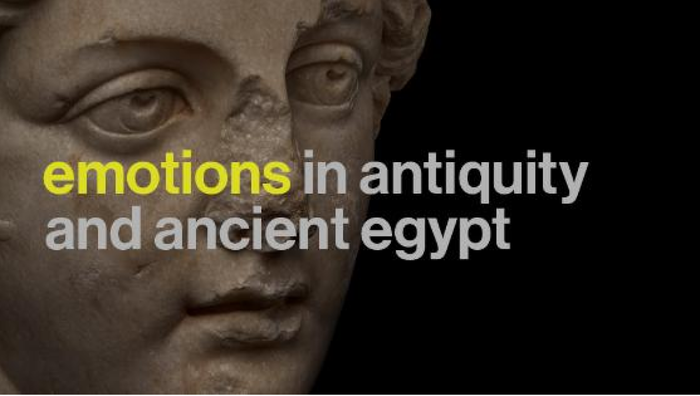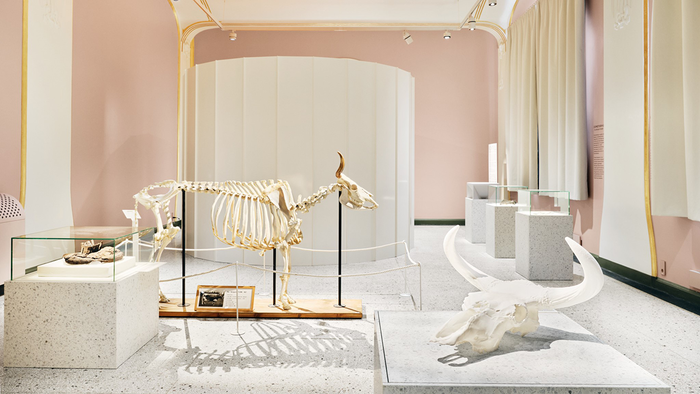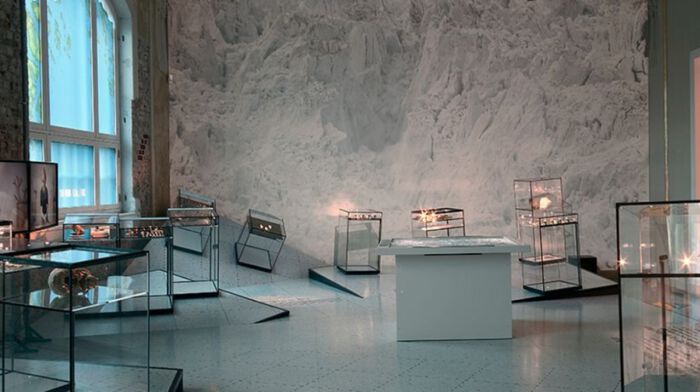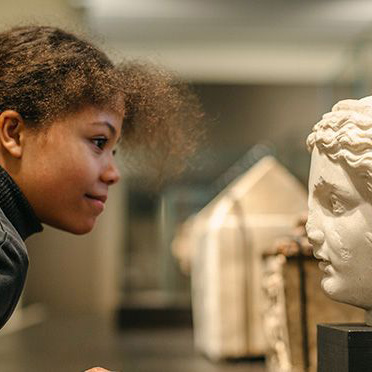The goal of this exhibition is to illustrate the complex relationships between intoxicants and people. Intoxicants can be defined in the broadest sense as any substance that alters the normal psychic and/or physical state of the body. Each culture has its own interpretation or definition of what is acceptable, legal or illegal. In the West, alcohol, coffee, tea and tobacco are among the legal or controlled intoxicants. In other countries, there are different rules and traditions concerning the use of intoxicants.
This exhibition looks at three different types of intoxicants in the region of the Golden Triangle: betel, tobacco and opium. Betel is a traditional intoxicant that was until recently an important part of many cultures, whereas tobacco has been introduced and assimilated in this century. Opium was traditionally used as a medicine but is now mainly produced as a cash crop for world-wide distribution as heroin.
The objects presented reveal that art, social status and rituals are also important aspects of the use of intoxicants. Silver, bamboo, lacquer, clay, glass, wood and various metals are the materials used by craftsmen to create these objects that are valued for their practical and aesthetic worth. Many of these objects on display are examples of fine craftsmanship and design: the pride the artisan and for the pleasure of the owner.
